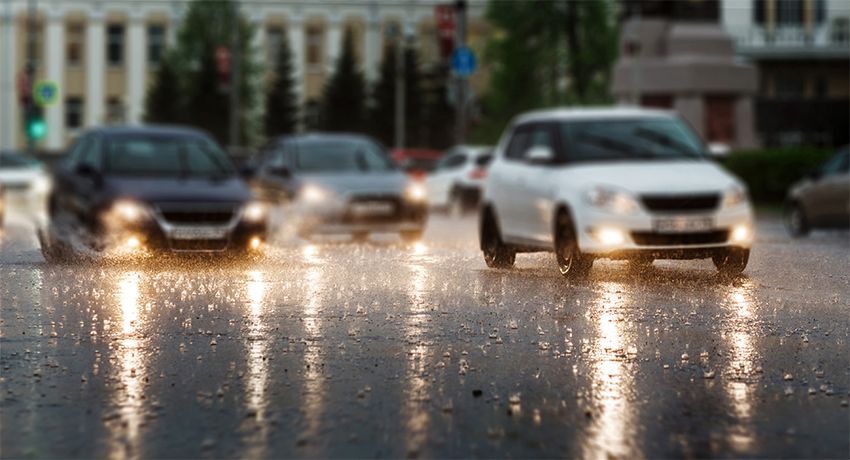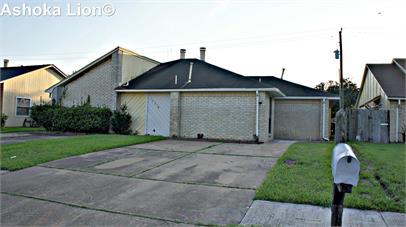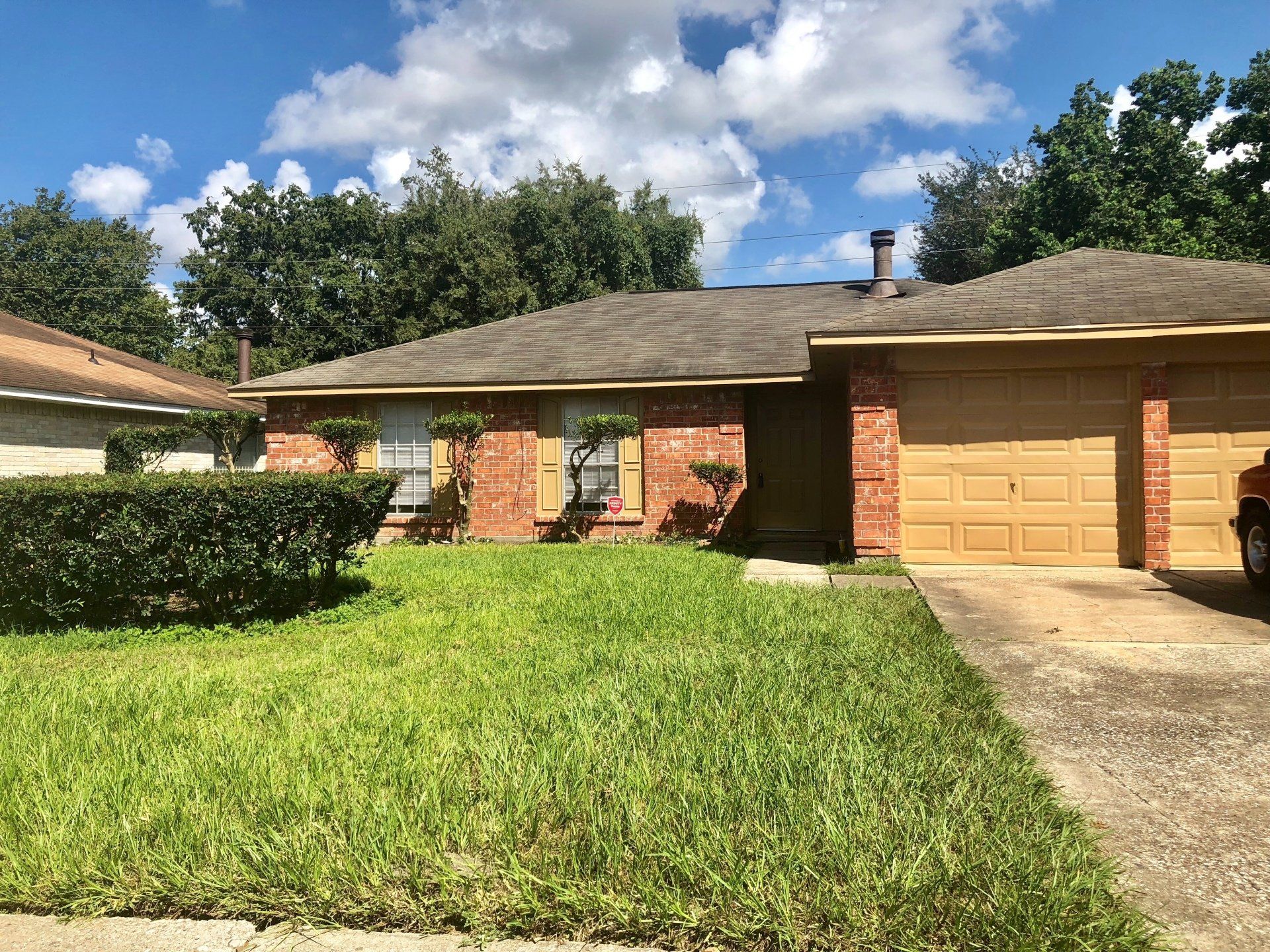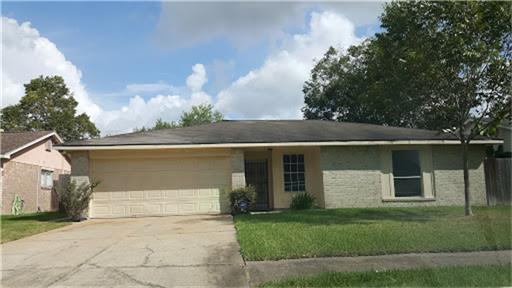Dangers of Driving in Flooded Conditions
Necessary precautions to take during floods

When there’s a rain and thunderstorm alert, tenants should take several precautions to ensure their safety and minimize any damage. Driving in flood conditions in Houston or any area prone to flooding can be extremely dangerous. Tenants should be aware of the risks and take the necessary precautions.
Here are the primary risks of driving in flood conditions:
1. Hydroplaning:
- When a vehicle’s tires lose traction with the road surface due to standing water, it can cause the car to slide uncontrollably. Hydroplaning is particularly dangerous at high speeds or when turning, as it can lead to accidents or the inability to steer properly. Maintain an appropriate speed, increase following distance, and avoid distractions like phone use or eating. Be patient, stay calm, and allow extra travel time to reduce accident risk in bad weather.
2. Roadway Damage and Debris:
- Floodwaters can cause roads to wash out, leading to large holes or cracks. It can also bring debris, such as fallen trees, rocks, or other objects, onto the road. These obstacles can cause tire damage, accidents, or even result in drivers becoming stranded.
3. Limited Visibility:
- Heavy rain and flooding reduce visibility, making it harder to see road signs, other vehicles, or hazards. This can cause collisions, missed turns, or being unaware of submerged hazards like downed power lines. Ensure windshield wipers, headlights, and brake lights work well for optimal visibility.
4. Driving into Deep Water:
- It’s often hard to gauge how deep the water is, and even a small amount of water can cause your car to be swept away or stalled. Floodwaters can rise quickly, and driving through even a few inches of water can cause your car to lose power, float, or get stuck. The force of floodwater can also carry vehicles downstream, leading to dangerous situations. Police and emergency personnel place barricades when they see high water. This is a warning to keep you safe. Stay alert, especially at night when it’s harder to see. Driving through deep water can cause the engine and other key systems to fail, resulting in significant and often costly damage.
5. Electrical Hazards:
- Flooded roads can lead to downed power lines and exposed electrical equipment. If you drive over or near a downed power line, there’s a risk of electrocution, especially if your car is still in the water.
6. Increased Risk of Being Stranded:
- Water levels can rise quickly, and you might find yourself stuck in an area that becomes impassable. If your car gets stuck or water rises around you, you may be at risk of hypothermia, drowning, or exposure to other dangers while waiting for rescue.
7. Strong Currents:
- Floodwaters can cause strong currents that are not visible to the driver. Even a small amount of moving water can knock a vehicle off the road or cause it to be swept away. This is especially dangerous in areas with fast-moving streams, rivers, or creeks.
8. Floodwaters can rise rapidly and change the landscape unexpectedly. Emergency vehicles, like fire trucks or rescue boats, can become stuck or swept away in deep or fast-moving water. Hence Emergency responders try to avoid rescuing cars in flood conditions as their goal is to ensure safety while focusing on the most critical, life-threatening situations.
What Tenants Should Do:
- Avoid driving during heavy rain or flood warnings: If you can, stay off the roads altogether during a storm. Wait until floodwaters recede, and the danger has passed.
- Know the local flood zones: Be familiar with your area’s flood-prone zones, and avoid driving through those areas, especially during storms.
- Check the weather before traveling: If you must travel, check weather forecasts and road conditions to ensure you won’t be caught in a flood-prone area.
- Turn around, don’t drown: If you come across flooded roads, never attempt to drive through them. If you’re unsure of the depth of the water, it’s safer to turn around and find another route.
- Have an emergency kit: If you must drive during inclement weather, make sure your car is stocked with essentials like water, non-perishable snacks, a flashlight, and a first-aid kit.
Driving during flood conditions is highly risky, and the best course of action is to avoid it altogether when possible. Floods can be unpredictable and dangerous, and it’s always better to err on the side of caution.









